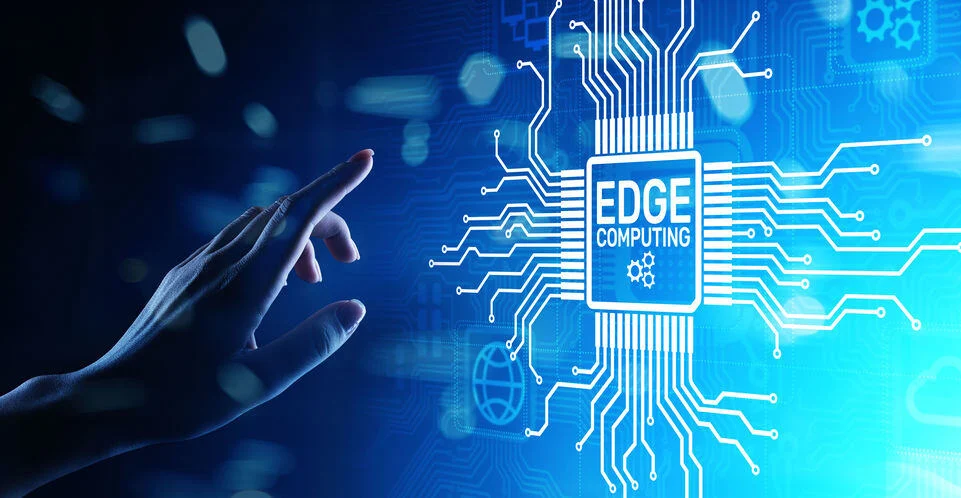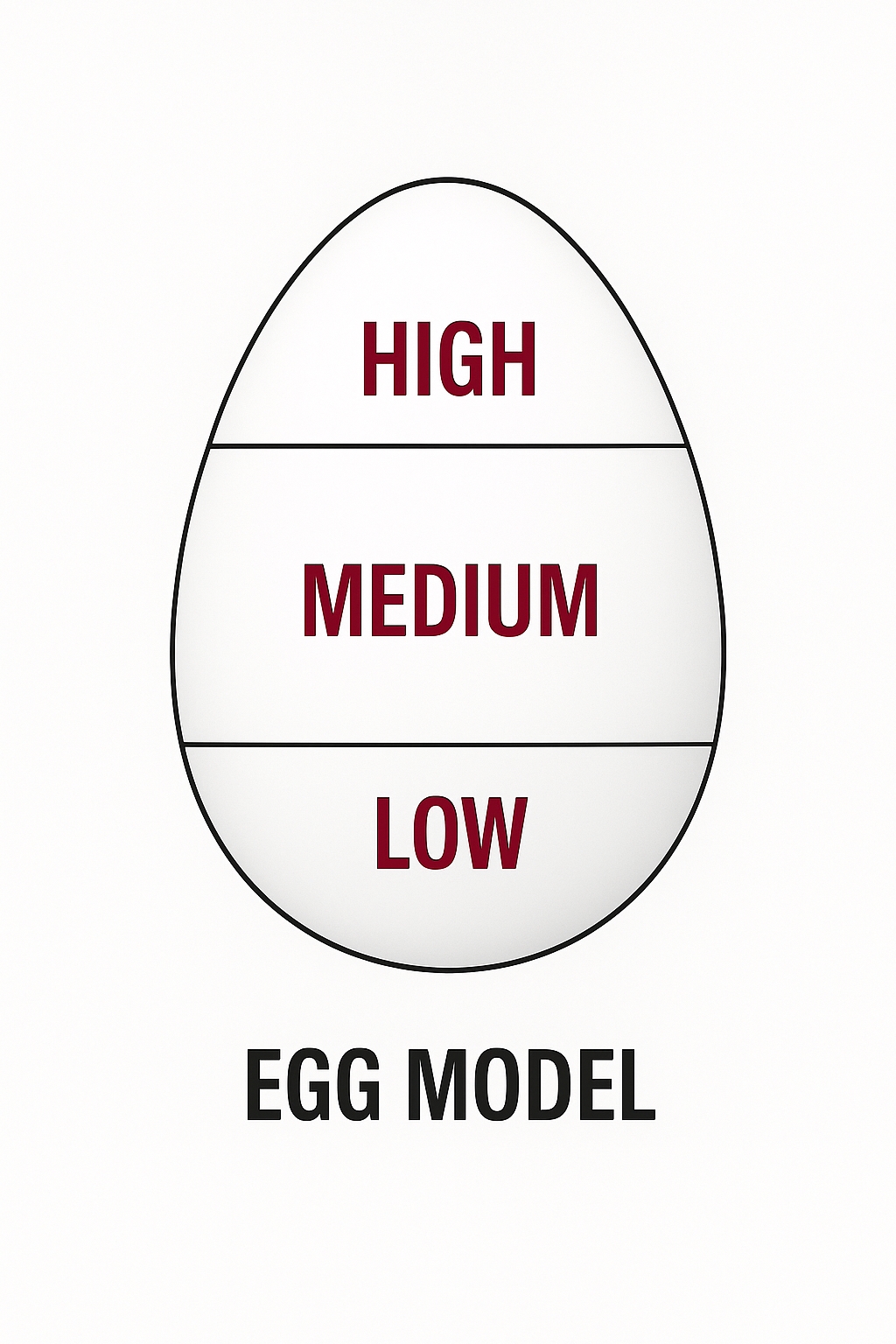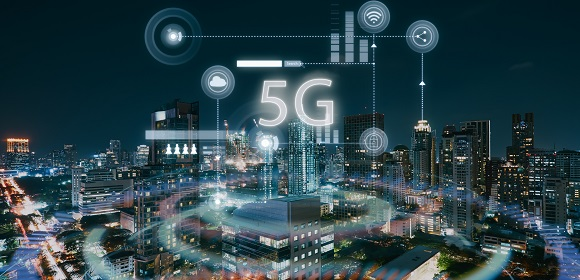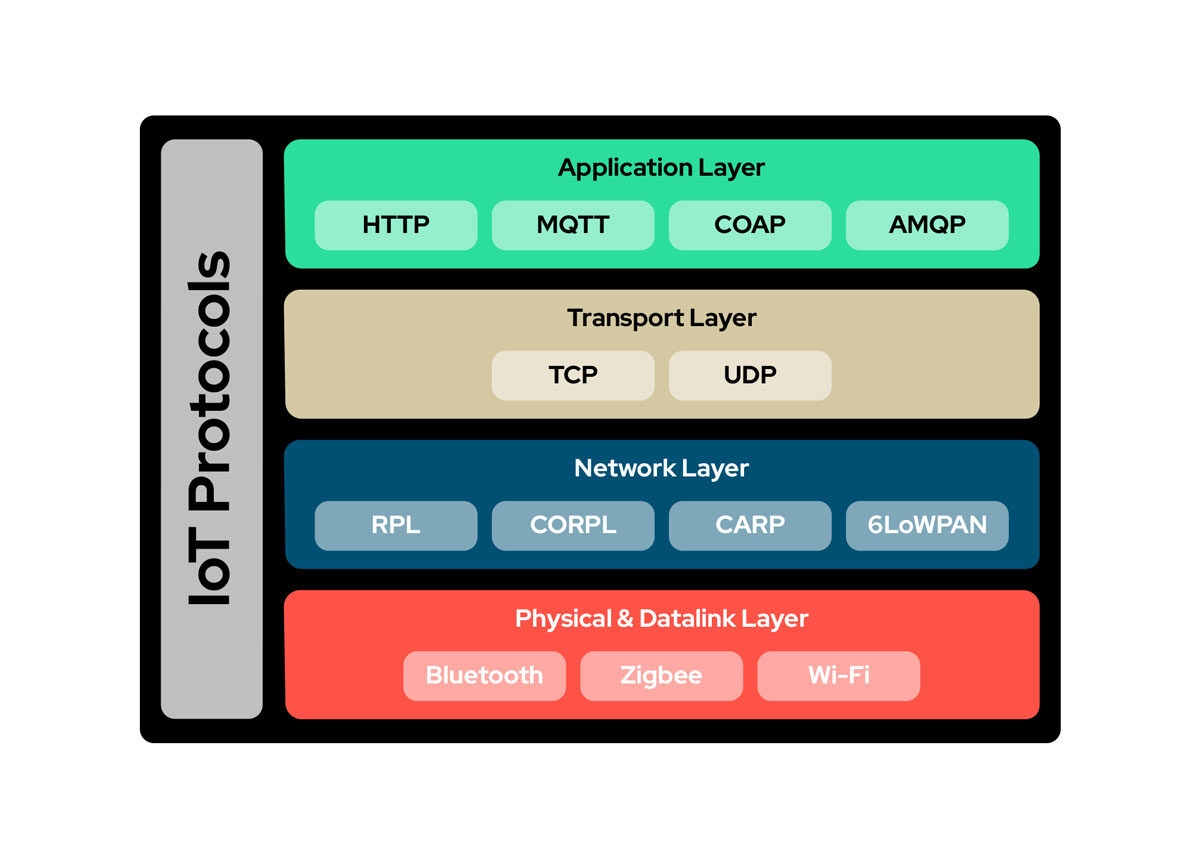Overview
The 5G ecosystem offers low latency and high bandwidth. It is widely used in the Internet of Things (IoT), especially in the industrial internet, and edge computing is an important enabler for industrial internet development.
Cloud computing alone can no longer process and analyze in real time the data generated or about to be generated by IoT devices, connected vehicles, and other digital platforms. Edge computing can address this need and has potential across many industries.
Big data processing is shifting from a cloud-centric centralized model toward an edge computing era centered on connected devices.
What is edge computing
Edge computing is a computing model that performs computation at the network edge. In this model, downstream data toward the edge represents cloud services, upstream data represents services for connected devices, and "the edge" refers to any computing and network resources along the path from data sources to cloud computing centers.
Cloud computing centers collect data not only from databases but also from edge devices such as sensors and smartphones. These devices act as both data producers and consumers. Therefore, requests between end devices and cloud centers are bidirectional.
Network edge devices not only request content and services from the cloud but can also perform partial computing tasks, including data storage, processing, caching, device management, and privacy protection. As a result, hardware platforms for edge devices and their key software technologies must be better designed to meet requirements for reliability and data security in the edge computing model.
Why edge computing is needed
1. Limitations of cloud services
Cloud computing mostly uses centralized management, which produces economic benefits. Under the IoT context, application services require low latency, high reliability, and data security, but traditional cloud computing cannot meet these requirements, mainly due to three factors:
- Real-time requirements.
- Privacy protection.
- Energy consumption.
2. Rise of connected devices
Sensors, smartphones, wearables, and smart appliances are becoming part of the IoT and generate massive amounts of data, which current cloud bandwidth and compute resources cannot efficiently handle.
3. From data consumers to producers
In the cloud model, edge terminals typically act as data consumers (for example, using a smartphone to watch video). Today, smartphones and other edge devices also produce data. This shift from consumer to producer requires greater computing capability at the edge.
Advantages of edge computing
The edge computing model moves some or all computing tasks from cloud centers to locations close to data sources. Based on the 3V characteristics of big data - volume, velocity, variety - comparing centralized cloud-based processing with edge-based processing reveals the advantages of edge computing.
Applications across industries
As sensor prices and computing costs continue to fall, more devices will be connected to the internet. As more connected devices become available, edge computing will see increasing use across industries, especially in areas where cloud computing is inefficient.
The technology is already starting to impact multiple industries.
 ALLPCB
ALLPCB








